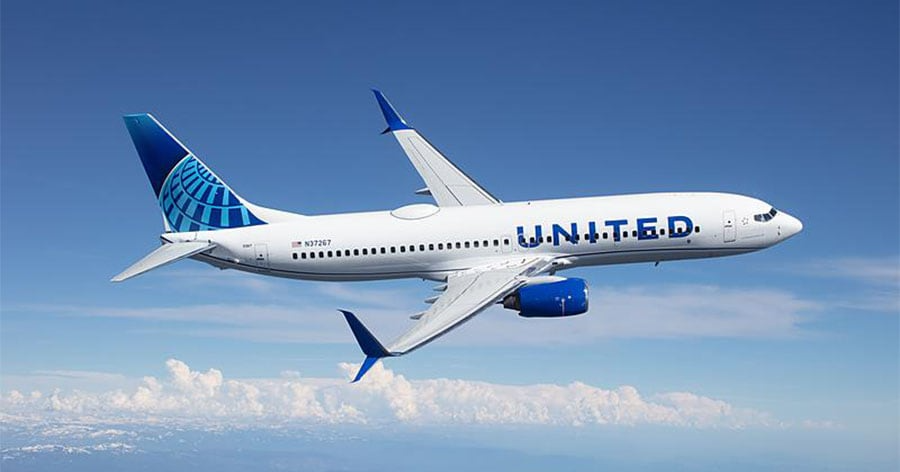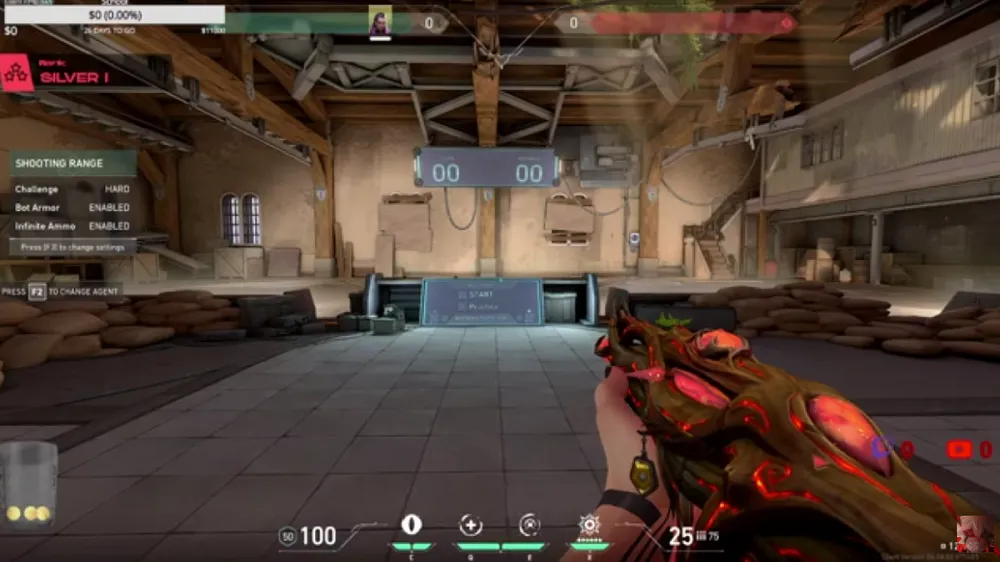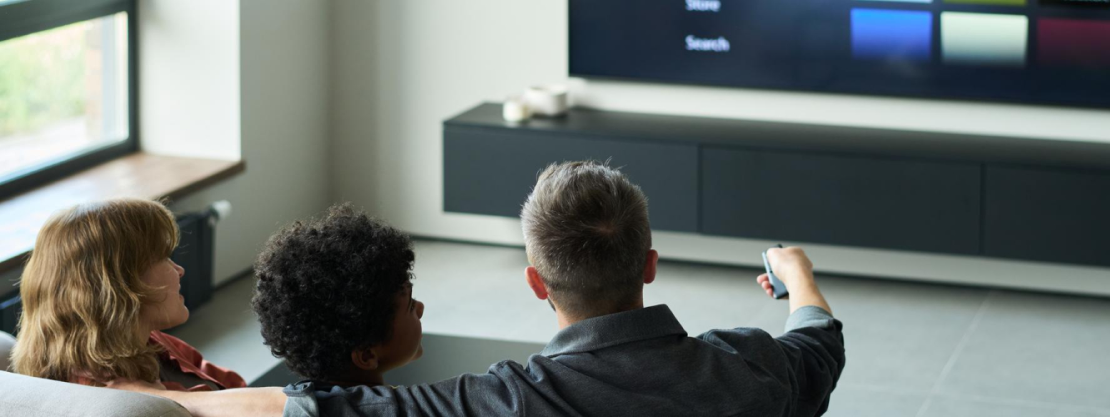hen travelers board a plane, they expect a routine journey from takeoff to landing. Yet sometimes, unforeseen circumstances lead to situations no passenger plans for—an emergency diversion. Such was the case with United Airlines Flight UA770, a flight that caught the attention of aviation enthusiasts, news outlets, and everyday flyers alike. This event raised questions about airline safety, emergency response, and what happens behind the scenes when a plane changes course unexpectedly.
This article takes you through every detail of the incident, from the causes and passenger experiences to the airline’s response and the broader implications for aviation safety.
Overview of United Airlines Flight UA770
Every commercial flight follows a well-planned route, and United Airlines’ UA770 was no exception. Typically operating between two major U.S. hubs, the flight is designed to connect hundreds of travelers daily.
Quick Facts About Flight UA770
| Detail | Information |
| Airline | United Airlines |
| Flight Number | UA770 |
| Aircraft | Boeing 737-900 (commonly used on this route) |
| Scheduled Route | Origin: Denver International Airport (DEN) → Destination: San Francisco International Airport (SFO) |
| Duration | Approximately 2 hours |
While UA770 usually completes its journey without issue, on this particular day the unexpected occurred.
The Emergency Diversion Explained
Aviation experts often stress that no matter how carefully a flight is planned, emergencies can arise. That’s why pilots, flight attendants, and ground staff train extensively for these rare moments.
What Triggered the Diversion?
Although airlines sometimes withhold exact technical details for security and investigation purposes, reports suggested that UA770 diverted due to a suspected technical malfunction combined with precautionary measures.In the field of aviation, it is common to be extra careful. A small indicator light or sensor warning can prompt a diversion to avoid risking passenger safety.
In other cases, diversions are triggered by:
- Medical emergencies: When a passenger suddenly requires urgent care.
- Weather disruptions: Thunderstorms, heavy winds, or poor visibility.
- Mechanical issues: Even minor system warnings prompt immediate action.
- Security concerns: Rare but taken seriously.
How the Pilots Handled UA770
Pilots undergo rigorous simulator training to handle situations like diversions. For Flight UA770, the crew followed a clear protocol:
- Assess the situation quickly. Pilots check whether the warning is critical or precautionary.
- Inform air traffic control (ATC). Diversion requests must be cleared and coordinated.
- Select the nearest suitable airport. Factors include runway length, maintenance facilities, and weather.
- Communicate with passengers. The captain reassures travelers with timely updates.
The professionalism displayed ensured that passengers remained calm, and the diversion ended in a safe landing.
Passenger Experience During the UA770 Diversion
An emergency diversion often causes anxiety, but it also highlights the role of the cabin crew. Their calm demeanor reassures travelers during moments of uncertainty.
First-Hand Accounts and Reactions
Several passengers described the moment when the announcement came over the intercom. One traveler said:
“The captain explained everything clearly. We knew it wasn’t life-threatening, but of course, you still feel nervous when the plane changes course mid-air.”
Reactions varied:
- Concern: Passengers unfamiliar with diversions felt uneasy.
- Relief: Frequent flyers recognized it as a precaution.
- Curiosity: Some even found it fascinating to see aviation safety protocols in real time.
Airline Communication and Support
After the landing, United Airlines staff worked quickly to:
- Provide refreshments while waiting for updates.
- Arrange rebooking on later flights.
- Offer hotel accommodation for those with missed connections.
This quick reply eased the trouble and highlighted the airline’s dedication to taking care of its passengers.
United Airlines’ Official Statement on Flight UA770
United Airlines released a statement emphasizing that passenger safety is always the highest priority. The airline explained that the decision to divert was precautionary and aligned with aviation regulations.
Their response highlighted three critical points:
- Transparency: Passengers were informed at each stage.
- Support: Those affected received assistance promptly.
- Commitment to safety: The airline stressed that no risks were taken with passenger wellbeing.
Comparatively, United’s handling of UA770 was consistent with global aviation best practices.
Broader Context – Emergency Diversions in Commercial Aviation
UA770’s diversion may sound unusual, yet in the world of aviation it is not as rare as many think.
Why Diversions Happen More Often Than You Think
Information provided by the International Air Transport Association (IATA) shows that:
- Roughly 1 in every 600 flights globally experiences a diversion.
- The leading cause is medical emergencies, accounting for about 50% of diversions.
- Mechanical issues come second, while weather-related diversions make up a smaller percentage.
Lessons from United Airlines Flight UA770
This incident underlines a crucial lesson: diversions are part of the safety net that makes commercial aviation the safest mode of travel. Passengers may feel inconvenienced, but diversions prevent potentially dangerous outcomes.
What Travelers Can Learn from Flight UA770’s Diversion
Experiencing an unexpected landing can feel stressful, but there are ways to make it easier.
Practical Tips for Passengers
- Stay calm and listen carefully. Crew members are trained to manage emergencies.
- Keep travel essentials handy. Remember to include your medications, chargers, and important documents in your carry-on.
- Expect delays. Diversions often mean rebooking or overnight stays.
- Travel with flexibility. Allow extra buffer time if you have connecting flights.
Protecting Travel Plans
In these cases, having travel insurance can really make a difference. Policies often cover hotel costs, rebooking fees, and even missed connections due to diversions.
Concluding Remarks on the Urgent Diversion of United Airlines Flight UA770
The tale of the united airlines flight ua770 emergency diversion70 goes beyond merely a singular event. It’s a reminder that aviation safety protocols work as intended. Pilots, flight attendants, and ground staff train tirelessly so passengers arrive safely—even if not always on schedule.
While diversions disrupt plans, they also demonstrate the resilience of the airline industry. For passengers, it’s an opportunity to appreciate the complex systems that keep millions of people moving safely around the globe every day.
In the end, UA770’s diversion wasn’t a failure—it was proof that aviation’s first priority remains what it has always been: safety above all else.
Frequently Asked Questions
What caused the emergency diversion of Flight UA770?
The diversionautionary, linked to a suspected technical issue. No critical danger occurred.
Do emergency diversions happen often?
Yes, though rare, diversions occur worldwide every day due to medical, technical, or weather-related reasons.
How did passengers react on UA770?
Most passengers stayed calm thanks to clear communication from the crew. Some were anxious, but many appreciated the professionalism shown.
What support does an airline provide during a diversion?
Passengers typically receive rebooking options, food vouchers, and accommodation if required.





Leave a Reply